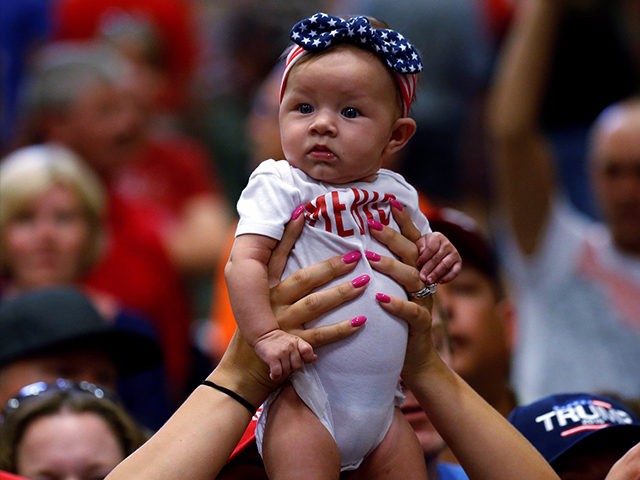Stephen Mihm reports in Bloomberg that according to data from the U.S. Census Bureau, the population of the United States is at the lowest rate of growth since the Great Depression.
From Bloomberg:
Shortly before Christmas, the U.S. Census Bureau put some coal in the nation’s holiday stocking. It released data highlighting a worrisome trend: The population grew a subdued 0.7 percent, the lowest rate of growth since the Great Depression years of 1936 and 1937. Declines in the birthrate and the slowing pace of immigration are to blame.
Ask an economist why this matters, and you’ll get a welter of contradictory answers, as the relationship between population growth and economic expansion is a vexed and controversial subject. But if you sift through the historical data on the subject, it’s hard to deny that the demographic slowdown, should it continue, likely puts a damper on future economic growth.
Declines in the rate of population growth are nothing new. It has been in decline throughout the West for several decades. In some countries in Europe, the rate of growth is below replacement levels: The population, in other words, is set to experience a decline in absolute numbers. But the U.S. has also been on a downward trajectory since the 1990s, though the pace has been less steep. The latest figures for the rate of population growth compare with 1.4 percent in 1994 and more than 2 percent at the height of the baby boom.
Read the rest here.

COMMENTS
Please let us know if you're having issues with commenting.